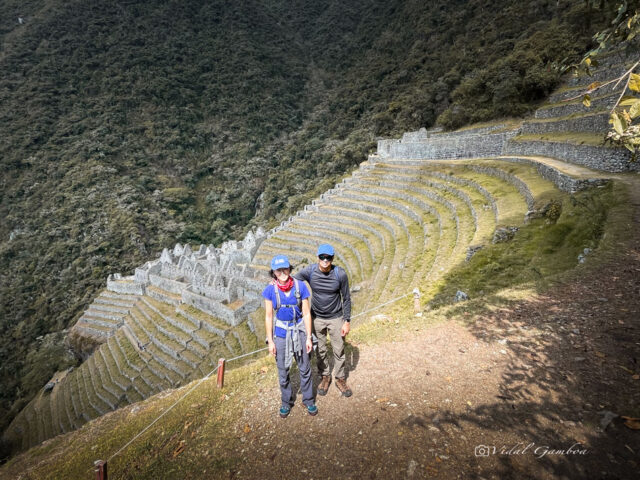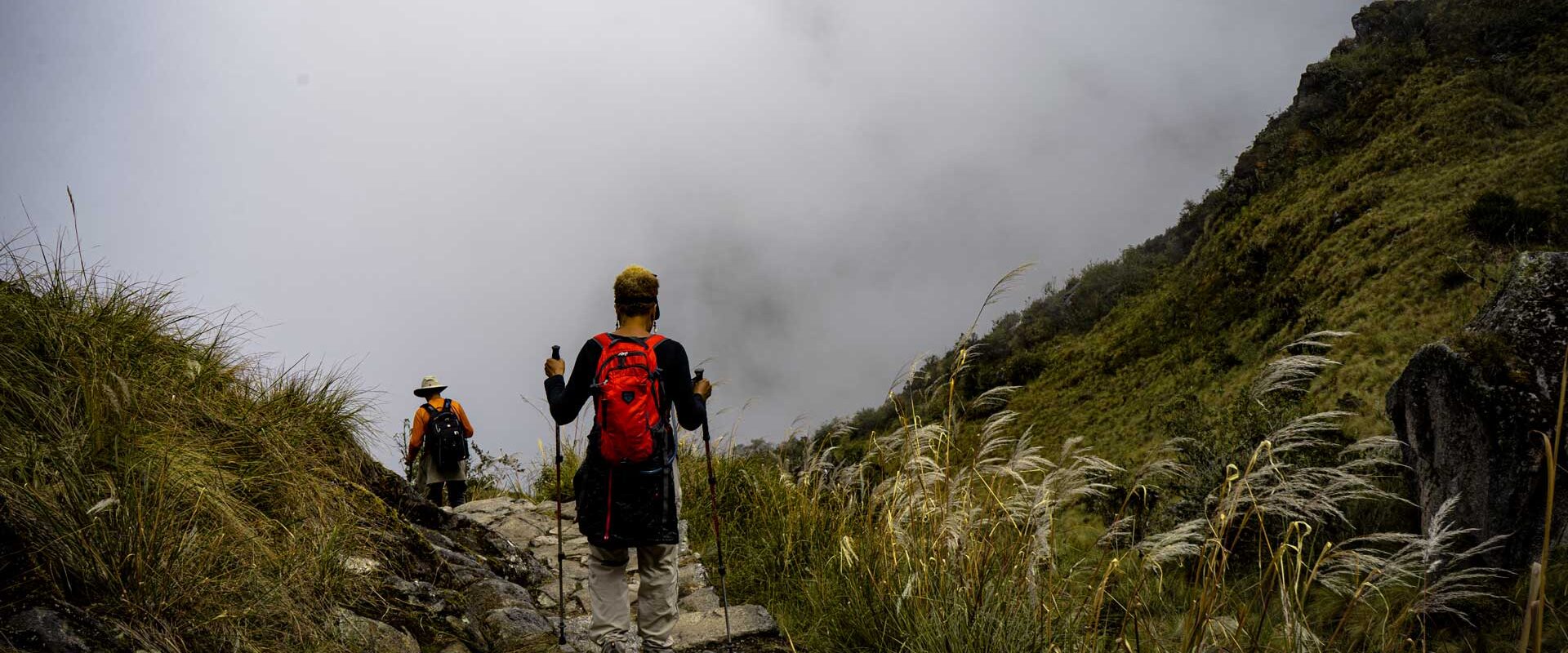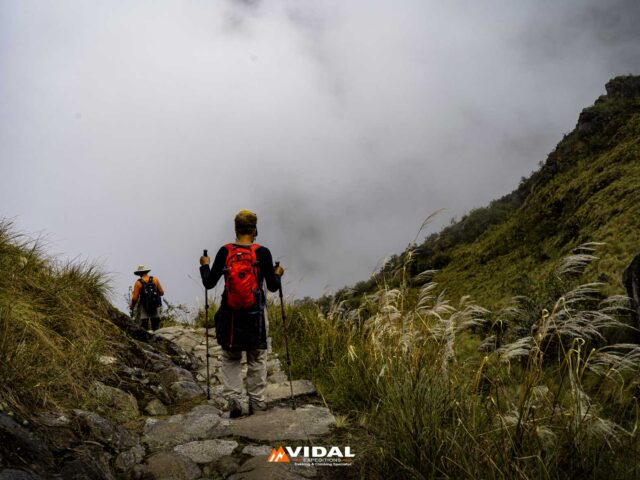Inca Trail
The Inca Trail is one of the most famous and iconic trekking routes in the world, leading hikers through breathtaking Andean landscapes to the ancient Machu Picchu. This multi-day journey is a combination of natural beauty, historical significance, and physical challenge, making it a bucket-list adventure for many travelers.
Historical Significance
The Inca Trail is more than just a hike; it’s a journey through history. The path was once used by the Incas to connect their sacred cities, with parts of the trail reserved for religious pilgrims making their way to Machu Picchu, the “Lost City of the Incas.” Along the route, you will encounter ancient Inca ruins like Patallacta, Runkurakay, Sayacmarca, Phuyupatamarca, and Wiñay Wayna—each offering a glimpse into the spiritual and architectural mastery of the Incas.
Diverse Terrain and Scenery
The Inca Trail takes hikers through a mix of terrain, including high-altitude mountain passes, cloud forests, and lush jungle valleys. The route passes through several ecosystems, providing an opportunity to see a wide variety of flora and fauna, including orchids, hummingbirds, and even the occasional Andean condor.
The Trekking Challenge
While the Inca Trail is an accessible trek for most people in good physical condition, it does present challenges due to its altitude (often above 3,000 meters or 9,800 feet). The trail includes steep ascents and descents, and hikers must pass through Dead Woman’s Pass (the highest point of the trek at 4,215 meters or 13,828 feet). The physical challenge, combined with high-altitude conditions, makes proper acclimatization important before starting the trek.
Arrival at Machu Picchu
The highlight of the trek is, of course, the arrival at Machu Picchu, the ancient Inca citadel that sits atop a mountain. Reaching Machu Picchu through the Inca Trail is a deeply rewarding experience, as you enter the site through the Sun Gate (Inti Punku), which offers a stunning first view of the city below. The sunrise over Machu Picchu is one of the most iconic moments for trekkers on this route.
Best Time to Hike the Inca Trail
The best time to hike the Inca Trail is during the dry season, from May to September, when the weather is more predictable. The rainy season, from November to March, can make the trail muddy and slippery, and it’s also when the Inca Trail is closed for maintenance (usually February).
Permit Requirements
One of the unique aspects of the Inca Trail is that it is strictly regulated by the Peruvian government. Permits are required to hike the trail, and there is a limit to the number of trekkers allowed each day (currently around 500 people, including porters and guides). This makes it essential to book well in advance, especially during peak season (June to August). If you’re unable to secure a permit, there are alternative treks, such as the Salkantay or Lares Trails, that offer similar experiences but are less crowded.

Short Inca Trail 2 Days
This Short Inca Trail 2 Days to Machu Picchu, offers a shortened version of the famous Inca Trail. Hikers may traverse stunning scenery, verdant cloud forests, and striking Inca sites like Wiñay Wayn...
View more
Classic Inca Trail 4 Days
One of the most well-known hiking routes in the world, the Classic Inca Trail takes travellers over the breathtaking Andes to the ancient site of Machu Picchu, often known as the "Lost City of the Inc...
View more

